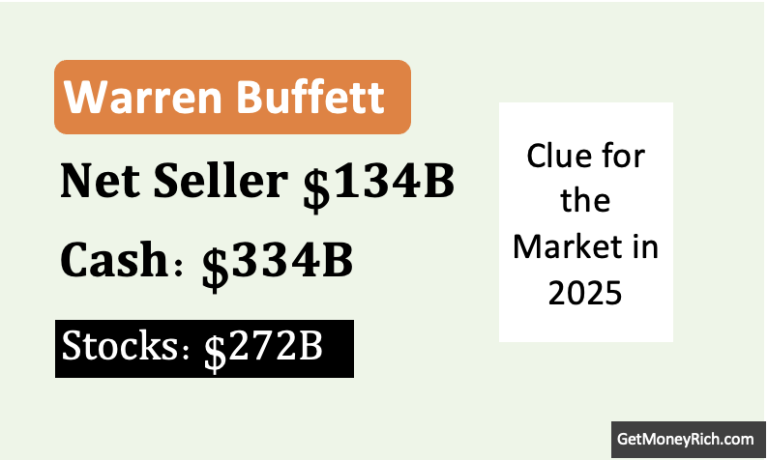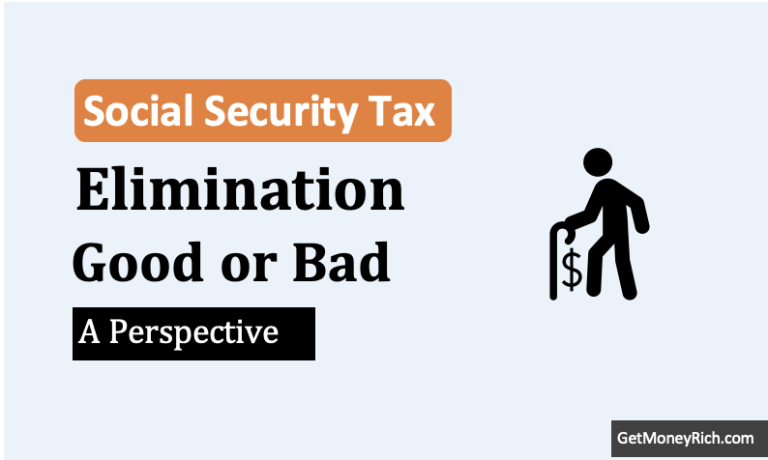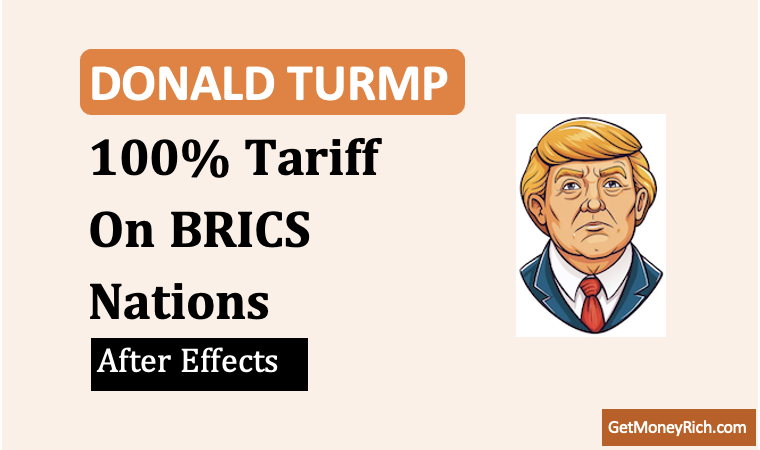Summary Points:
- US tariffs on Indian goods might jump from 1% to 25%, targeting our $2.8 billion exports, while India’s 9.7% duty on US imports sparked this retaliation.
- Pharma (Sun Pharma, Cipla), auto (Tata Motors), and jewellery (Titan) stocks could crash as US markets get pricier for them.
- IT giants (TCS, Infosys) and domestic players (Reliance, HDFC) should stay safe, focusing on services or India’s market.
- India’s high tariffs protect our farmers and jobs, but Trump’s “America First” push aims to fix a $45.7 billion trade deficit with us from 2024.
- It’s a risky move, could spark a trade war or shift global power if China steps up, leaving us wondering who’ll win this chess game.
Introduction
Trump’s reciprocal tariffs will be announced on April 2, 2025. I know many of you must be wondering how’s these tariffs going to effect up our Indian stock market? I mean, we’ve just climbed back from a rough patch in March, and now this? In March 2025, Nifty is up by 6.3%.
Let’s try to figure out what’s happening, because this could hit some of our favourite companies really hard.
What are Reciprocal Tariffs?
Just for understanding, the US currently puts a weighted average duty of just 1% on Indian goods worth $2.8 billion that we send their way. But India hits back with a heftier 9.7% weighted average tariff on similar goods coming from the US. Trump’s not happy about this imbalance. He’s saying, “If you charge us more, we’ll charge you more too!”
So, he’s planning to raise US tariffs, something like 25%. Idea is to match or beat what other countries are doing to the US.
But it is a question worth asking why for so many years such tariff regimes continued without much fuss and why Trump is creating a havoc?
[Note: The custom duties charged by the Indian government are the tariffs we discussing. They’re taxes imposed on goods coming into or leaving the country to regulate trade and protect local industries. In India, we often call them customs duties, but globally, they’re known as tariffs.]
Why India Charges More Tariffs?
Why does India even charge a weighted average tariff of 9.7% on US goods while the US charges only 1% on ours?
Well, it’s not just a random decision, it’s about protection.
India’s got a massive population, right? On one side we are a country of about 143 Billion and USA is only about 34 Billion. There is no match. A big chunk of our population still depends on farming, small businesses, and local industries to survive.
Imagine you’re a farmer in Punjab growing wheat or a small textile maker in Surat weaving sarees. If cheaper America’s machine made items flood our markets, our people will not be able to compete with them. Those big US companies have deeper pockets, fancier tech, and economies of scale we’re still catching up to.
So, India what India does to control the situation, it charges tariffs on imports. It works like a shield, to give our homegrown industries a fighting chance.
It’s not just about money; it’s about jobs, keeping villages alive, and making sure we don’t end up relying on imports for everything.
Plus, it is also true that our government also earns extra cash from these tariffs. Out of all taxes collected by the government, a good 9% comes from custom duties (read an interesting related article on tax here).
My Views
Now, USA is more or less giving the same reasons (like us) to apply the regime of “reciprocal tariffs.”
But I think, it is not the same thing as India applying higher tariffs on US imported items. Why? Because GDP per capita of USA is still $82,000 while that of India is only $10,000. USA is almost 8 times than us.
So I’ll say, USA is just acting like a bully and it is soon going to backfire on them. I see it as a change in the world order.
At this point of time, if China softens its stand on other countries, act responsiblym and take the charge, the shift of power will take place from USA to China.
Suggested Reading: Why the world is not daring to challenge the Trump’s tariff war more aggressively?
Why US Charged Less Tariffs In The Past?
It’s a different story.
The US has been the big boss of global trade for decades, with a superpower economy that thrives on being open.
They’ve got huge corporations like Apple, Ford, or even those massive agricultural giants (Cargill, Archer Daniels, Bunge, Tyson, etc). They dominate the world market.
Low tariffs mean they can import raw materials or goods like our textiles and pharma dirt cheap. Then, they can turn them into high-value products, and sell them everywhere. They’ve been running their giant factories like this with the world as their supplier.
Plus, keeping tariffs low was part of their strategy after World War II. They wanted to build a global system where everyone trades with them, uses the dollar, and keeps their FED at the center of it all.
For them, 1% was less about protection and more about keeping the machine humming.
So why Trump is Raising The Tariffs?
Well, to him, this setup isn’t going so well anymore.
He’s been shouting that America’s getting ripped off. Countries like India charge high tariffs, sell tons to the US, and the US just sits there with 1%, racking up trade deficits.
He’s got a point if you look at the numbers: in 2024, the US had a $45.7 billion trade deficit with India.
Trump sees that as cash and jobs flowing out of America, and he’s not wrong to think low tariffs make it easy for others to sell to them while their exports struggle.
He’s also got this “America First” story to cash on. Why should US workers lose out when other countries play hardball? He’s promised his voters factories, jobs, and a tougher stance.
But is it really drastic, or just drama?
- Some say the US has been too nice for too long, and Trump’s just calling out the imbalance.
- Others, like me, wonder if he’s risking a trade war that could hurt everyone, including the US.
My Views
Higher tariffs might protect American jobs, but I think it is not going to start happening just because tariffs are now higher. Moreover, higher tariffs will have immediate side-effects like high inflation, etc. How Trump will handle that?
At that time, he will point at Federal Reserve (their RBI).
Moreover, there is also a story that “Jerome Powell” is going to retire and Trump will put his Yes man on top. On one side tariff and on other side regulations, Trump will try to control both sides of the coin. I personally think, such a situation will not be good for USA in the long term.
It’s like a high-stakes chess game, and Trump’s decided to flip the board. Whether it’s genius or chaos, we’ll find out eventually.
Tariff Effecting Indian Stocks
Who’s going to feel the heat the most in India.
Pharma
One sector that popped up immediately was pharmaceuticals.
You know how big our pharma industry is, companies like Sun Pharma, Dr. Reddy’s, and Cipla are practically household names here. The US is their golden market, swallowing up a huge chunk of their exports. But if tariffs jump from 1% to, say, 10% or more, those medicines we ship out might suddenly look too pricey compared to what American companies, or even Chinese ones, can offer.
I can almost imagine the boardroom tension at these companies right now talking about “How do we keep our margins intact?”
Their stock prices could take a beating if this goes through.
Auto
Take Tata Motors, for example. They’ve been doing so well with Jaguar Land Rover (JLR), sending their cars to the US. Higher tariffs will be like putting a speed breaker on their export. It’s not just about losing sales; it’s about whether they can even compete over there anymore.
I remember chatting with a friend who works in the auto industry, and he was saying how every percentage point in tariffs feels like a punch to the gut.
Jewellery & Textile
We’re talking about companies like Titan and Rajesh Exports here.
The US buys almost 30% of our apparel and gems, according to the article. If tariffs climb by 10–20%, it’s not like Titan can just hike prices overnight, people might just turn to cheaper options elsewhere.
I was thinking about those businesses in Mumbai and Gujarat who runs export jewellery business. They export their items for US clients. But something like this could make him rethink his whole game plan.
Unaffected Sectors
- Our IT giants: For instance companies like TCS, Infosys, HCL Tech are safe. These guys don’t ship physical goods. They send brainpower, coding, consulting, etc. Tariffs on goods don’t touch them much, so their US revenue should hold steady.
- Domestic Focused companies: For example, Oil Refiners (Reliance OMCs), Bank (HDFC, ICICI), etc. They’re all about India, right? Reliance is busy with its Jio network and retail empire here, while HDFC is keeping our savings and loans. Trump’s tariffs might make headlines, but these guys at home will not be directly effected.
It’s almost comforting to know that not every stock we love is tied to this trade drama.
Conclusion
Trump’s reciprocal tariffs are knocking on our door, set to drop on April 2, 2025.
Our pharma stars like Sun Pharma and Cipla, auto champs like Tata Motors, and jewellery giants like Titan might be in for a rough ride if those US tariffs shoot up to 10% or even 25%. Their stocks could wobble.
But it’s not all gloom, our IT heroes like TCS and Infosys, and domestic biggies like Reliance and HDFC, look set to hold their ground.
What’s really got me thinking, though, is the bigger game here.
Trump’s doing all this because he’s fed up with trade deficits, like that $45.7 billion gap with India in 2024. And, he’s also betting on “America First” to bring jobs back.
Fair enough, but I can’t shake this feeling that he’s playing with fire. Higher tariffs might spark inflation over there, and if we hit back, it’s our exporters who’ll bleed.
Is this a masterstroke or a misstep? Only time will tell, but I’m not convinced it’s as simple as he thinks, especially when India’s still hustling, while the US sits pretty with its $82,000 GDP per capita. He is acting like a bully.
I’m keeping an eye on my portfolio, got a bit of pharma and auto in there.
I’m hoping our companies find a way for themselves. Maybe it’s a chance to look beyond the US, push into new markets, or get sharper at home.
What are your ideas on Trump’s stance create almost a tariff war kind of situation. Share me your views in the comment section below.
Have a happy investing.






